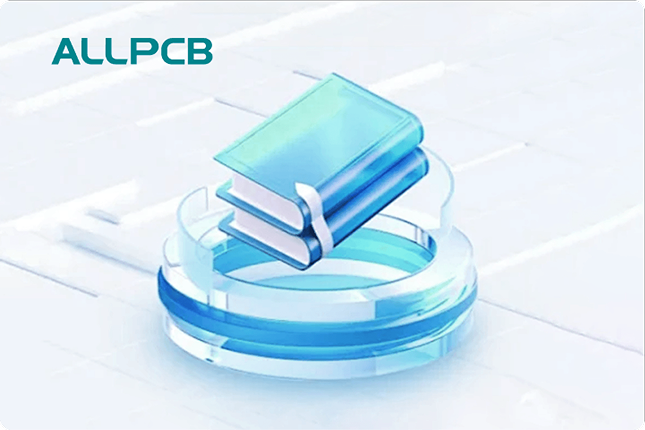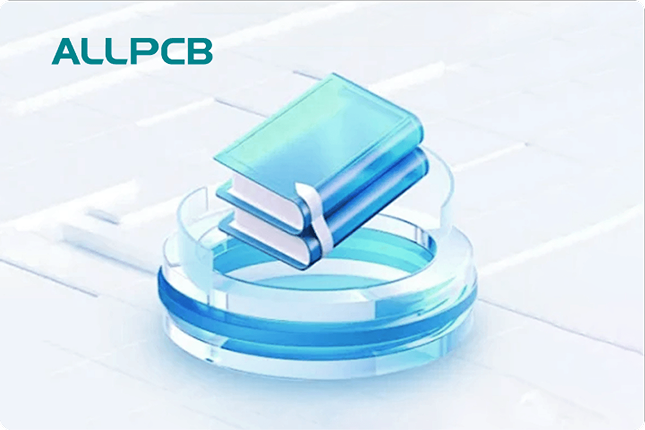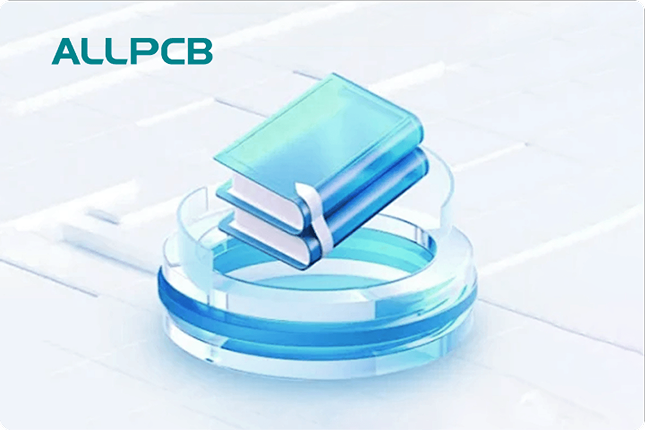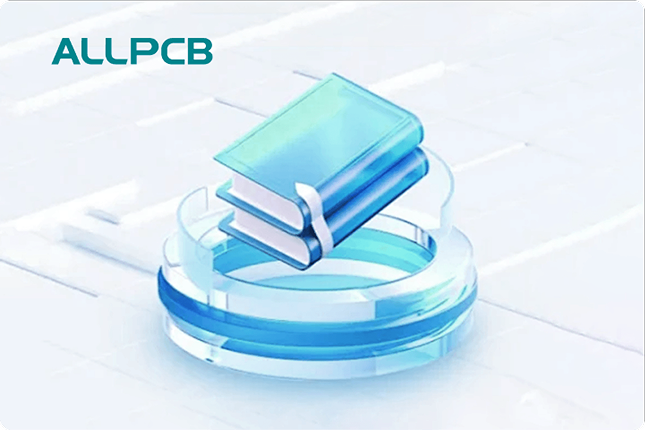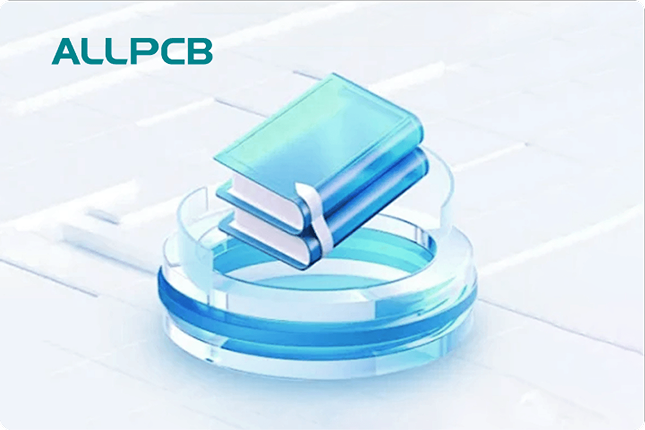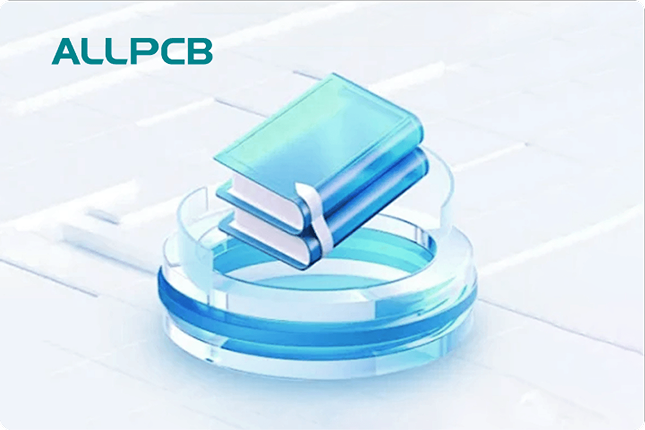As electronic devices become smaller and more powerful, managing heat in printed circuit boards (PCBs) is more important than ever. If you're new to PCB design, you might be wondering how to keep your components cool and prevent overheating. The answer lies in thermal vias—a simple yet effective solution for heat dissipation. In this beginner's guide, we'll explain thermal vias, dive into PCB heat management basics, explore via types for heat transfer, highlight thermal via benefits, and provide an electronics cooling tutorial to help you design better boards.
Whether you're a hobbyist or an aspiring engineer, this comprehensive guide will break down everything you need to know about thermal vias and how they can improve the performance and lifespan of your electronic projects. Let's get started!
What Are Thermal Vias? A Simple Explanation
Thermal vias are small holes or pathways in a PCB that help transfer heat away from hot components to a cooler area, like a heat sink or a ground plane. Unlike regular vias, which are used to connect electrical signals between layers of a PCB, thermal vias are specifically designed to manage heat. They act like tiny heat pipes, moving thermal energy from one part of the board to another, ensuring your components don't overheat and fail.
In essence, thermal vias are a critical part of PCB heat management basics. They are often placed directly under or near heat-generating components, such as power transistors, LEDs, or microprocessors, to create a low-resistance path for heat to escape. By incorporating these vias into your design, you can significantly improve the thermal performance of your board.

Why Is Heat Management Important in PCB Design?
Before diving deeper into thermal vias explained, let's understand why heat management is so crucial. When electronic components operate, they generate heat. If this heat isn't dissipated properly, it can lead to several problems:
- Component Failure: Excessive heat can damage sensitive components, reducing their lifespan or causing immediate failure.
- Performance Issues: High temperatures can slow down processors or cause erratic behavior in circuits.
- Safety Risks: Overheating can pose safety hazards, especially in high-power applications.
Effective heat management ensures that your PCB operates within safe temperature limits, typically between 85°C to 125°C for most components, depending on their specifications. By using techniques like thermal vias, you can maintain optimal temperatures and avoid costly redesigns or failures.
How Do Thermal Vias Work for Heat Dissipation?
Thermal vias work by providing a direct path for heat to travel from a hot spot on the PCB to a cooler area. Most PCBs are made of materials like FR4, which are poor conductors of heat. This means heat can get trapped near components if there's no way to move it. Thermal vias solve this problem by connecting the hot area to a copper plane or heat sink, which can absorb and spread the heat more effectively.
Here's a basic breakdown of how they function:
- Heat is generated by a component, such as a power IC, during operation.
- The heat travels through the PCB material to the thermal vias placed nearby.
- The vias, often filled or plated with copper (a great heat conductor), transfer the heat to a larger copper plane or heat sink on the other side of the board.
- The heat is then dissipated into the surrounding environment, keeping the component cool.
Studies suggest that using thermal vias can reduce component temperatures by 10-20°C in high-power applications, depending on the design and placement. This makes them a powerful tool in any electronics cooling tutorial.
Types of Vias for Heat Transfer
Not all vias are the same. When it comes to via types for heat transfer, there are a few common options used in PCB design. Understanding these types will help you choose the right one for your project.
1. Through-Hole Thermal Vias
These are the most common type of thermal vias. They go all the way through the PCB, connecting the top layer to the bottom layer or internal copper planes. Through-hole vias are highly effective for heat dissipation because they provide a direct path for heat to move across multiple layers. They are often placed in a grid or array under heat-generating components to maximize heat transfer.
2. Blind Thermal Vias
Blind vias start from one surface of the PCB but don't go all the way through. They connect the outer layer to an internal layer, making them useful when you don't want vias exposed on the opposite side of the board. While they are less effective than through-hole vias for heat transfer, they can still help in specific designs.
3. Buried Thermal Vias
Buried vias are located entirely within the internal layers of a PCB and don't reach the outer surfaces. They are used to transfer heat between internal copper planes but are less common for thermal management because they don't connect to external heat sinks. Their use is often limited to very complex multilayer boards.
Each type of via has its place in PCB design, but through-hole thermal vias are usually the go-to choice for beginners due to their simplicity and effectiveness in heat dissipation.

Key Benefits of Using Thermal Vias
Now that we've covered thermal vias explained and via types for heat transfer, let's look at the thermal via benefits. Adding thermal vias to your PCB design offers several advantages, especially for beginners looking to improve their boards.
- Improved Heat Dissipation: Thermal vias can lower component temperatures by creating efficient paths for heat to escape, reducing the risk of overheating.
- Enhanced Component Longevity: By keeping temperatures in check, thermal vias help extend the lifespan of sensitive components, saving you from frequent replacements.
- Compact Design Support: As devices get smaller, space for traditional cooling methods like large heat sinks becomes limited. Thermal vias allow for effective cooling without taking up extra space.
- Cost-Effective Solution: Compared to other cooling methods, such as adding external fans or larger heat sinks, thermal vias are a low-cost way to manage heat directly in the PCB layout.
- Better Performance: Cooler components operate more efficiently, ensuring your circuit performs as expected without thermal throttling or instability.
These benefits make thermal vias a must-have in modern PCB designs, especially for high-power or high-density applications.
Best Practices for Designing with Thermal Vias
As part of this electronics cooling tutorial, let's explore some practical tips for using thermal vias effectively in your PCB designs. Following these best practices will help you get the most out of your thermal management strategy.
1. Place Thermal Vias Close to Heat Sources
Position thermal vias directly under or as close as possible to heat-generating components. The shorter the distance heat has to travel to reach the vias, the more effective they will be. For example, placing a 3x3 grid of vias under a power IC can reduce its temperature by up to 15°C in some cases.
2. Use Enough Vias
A single thermal via won't do much. Use multiple vias in an array or grid pattern to maximize heat transfer. A common rule of thumb is to use 8-12 vias per square centimeter under high-power components, though this depends on the specific heat load.
3. Connect to Large Copper Planes
Thermal vias work best when connected to large copper areas, such as ground or power planes, which act as heat spreaders. Ensure these planes are as big as possible to dissipate heat effectively. For instance, a ground plane covering 50% of the board area can significantly improve cooling compared to a smaller plane.
4. Consider Via Filling
For better heat transfer, consider filling thermal vias with conductive materials like copper or thermal epoxy. Filled vias can improve thermal conductivity by up to 30% compared to unfilled ones, though they may increase manufacturing costs.
5. Avoid Overcrowding
While it's tempting to add as many vias as possible, too many can weaken the PCB structure or interfere with signal routing. Balance the number of thermal vias with other design needs, ensuring there’s still room for electrical connections.

Common Mistakes to Avoid with Thermal Vias
Even with the best intentions, beginners can make mistakes when incorporating thermal vias into their designs. Here are some pitfalls to watch out for as part of PCB heat management basics:
- Placing Vias Too Far from Heat Sources: If thermal vias are too far from the component, heat won't transfer effectively, rendering them useless.
- Using Too Few Vias: A single via or a sparse arrangement won't provide enough heat transfer to make a difference.
- Ignoring Copper Planes: Without connecting thermal vias to a large copper area, the heat has nowhere to go, reducing their effectiveness.
- Overlooking Manufacturing Limits: Very small vias or complex patterns might be difficult or expensive to manufacture. Check with your PCB fabricator for their capabilities, such as minimum via sizes (often around 0.3mm diameter).
By avoiding these mistakes, you can ensure your thermal vias perform as intended and keep your PCB cool under pressure.
Other Heat Management Techniques to Complement Thermal Vias
While thermal vias are a powerful tool, they aren't the only way to manage heat in a PCB. Combining them with other techniques can further improve your design's thermal performance. Here are a few complementary methods to consider:
- Heat Sinks: Attach heat sinks to high-power components to absorb and dissipate heat into the air. Thermal vias can transfer heat to the heat sink for even better cooling.
- Copper Pours: Use large copper areas on the PCB surface to spread heat across the board. These work well with thermal vias connected to internal planes.
- Thermal Pads: Place thermal pads under components to improve heat transfer to the PCB or heat sink. These are often used with vias for maximum effect.
- Proper Component Placement: Space out heat-generating components to avoid creating hot spots. Distribute heat evenly across the board for better overall management.
By integrating thermal vias with these methods, you can create a robust heat dissipation strategy tailored to your project's needs.

Conclusion: Mastering Thermal Vias for Better PCB Designs
Thermal vias are a game-changer for anyone looking to improve heat dissipation in their PCB designs. By understanding thermal vias explained, grasping PCB heat management basics, exploring via types for heat transfer, and recognizing thermal via benefits, you're well on your way to creating more reliable and efficient electronic projects. This electronics cooling tutorial has provided actionable tips and best practices to help you get started, from placing vias effectively to avoiding common mistakes.
Whether you're designing a simple hobbyist board or a complex multilayer PCB, thermal vias offer a cost-effective and space-saving solution to keep your components cool. Start incorporating them into your designs today, and watch as your projects perform better and last longer. With the right approach, mastering thermal management is within your reach!
 ALLPCB
ALLPCB


